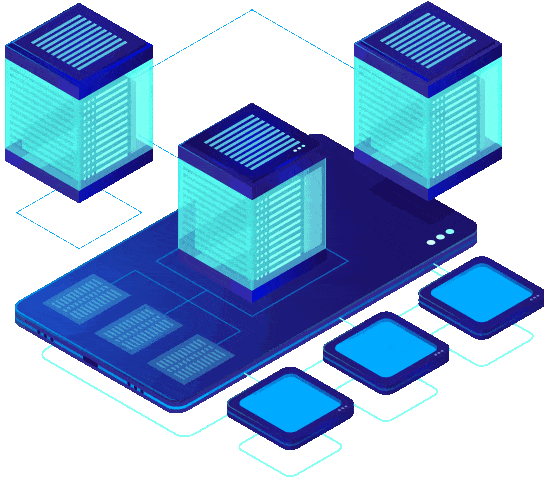Microservices Architecture Design
Expertise in designing scalable and resilient microservices architectures tailored to clients' business needs, ensuring agility, flexibility, and optimal performance.
Transform IT landscape with advanced microservice strategies, optimizing resource utilization, reducing time-to-market, and elevating overall business resilience.
Microservices are a modular architectural style where applications are composed of small, independent services that can be developed, deployed, and scaled independently. Each service focuses on a specific business function, allowing for rapid development, seamless integration, and easier maintenance.
We specialize in designing, implementing, and managing microservices architectures tailored to your business needs. Our experienced team leverages industry best practices, cutting-edge technologies, and agile methodologies to deliver scalable, resilient, and future-ready solutions.

Expertise in designing scalable and resilient microservices architectures tailored to clients' business needs, ensuring agility, flexibility, and optimal performance.
Proficiency in developing and integrating microservices using cutting-edge technologies, enabling rapid development cycles, seamless communication between services, and simplified maintenance.
Experience in deploying and managing microservices in cloud-native environments, leveraging automation and DevOps practices for continuous integration, delivery, and monitoring.
Consultative approach to help clients adopt microservices effectively, including assessing legacy systems, defining migration strategies, and providing guidance on best practices, governance, and security aspects.



Monolithic architecture represents a traditional approach where an entire application is built as a single, tightly integrated unit. In contrast, microservices architecture breaks down the application into smaller, independent services that can be developed, deployed, and scaled independently.
In a monolithic architecture, changes to one part of the application often require rebuilding and redeploying the entire monolith, leading to longer development cycles and increased risk. Scaling a monolith can also be challenging, as the entire application needs to be scaled even if only a specific component requires more resources.
On the other hand, microservices architecture promotes agility, scalability, and fault isolation. Each microservice focuses on a specific business function and communicates with other services via APIs, allowing for parallel development, faster deployment cycles, and better resource utilization. Microservices can be scaled horizontally, meaning specific services can be scaled independently based on demand, leading to improved performance and cost-efficiency. Failures in one microservice are isolated, reducing the impact on the overall application and improving fault tolerance. Overall, microservices architecture offers a more flexible, resilient, and scalable approach to building and managing modern applications.

Go agile with microservices
"Building microservices encompasses essential components such as containerization, orchestration, backend development tools, API communication frameworks, and database management systems. This ecosystem prioritizes efficiency, scalability, and reliability, ensuring seamless system development and operation."











